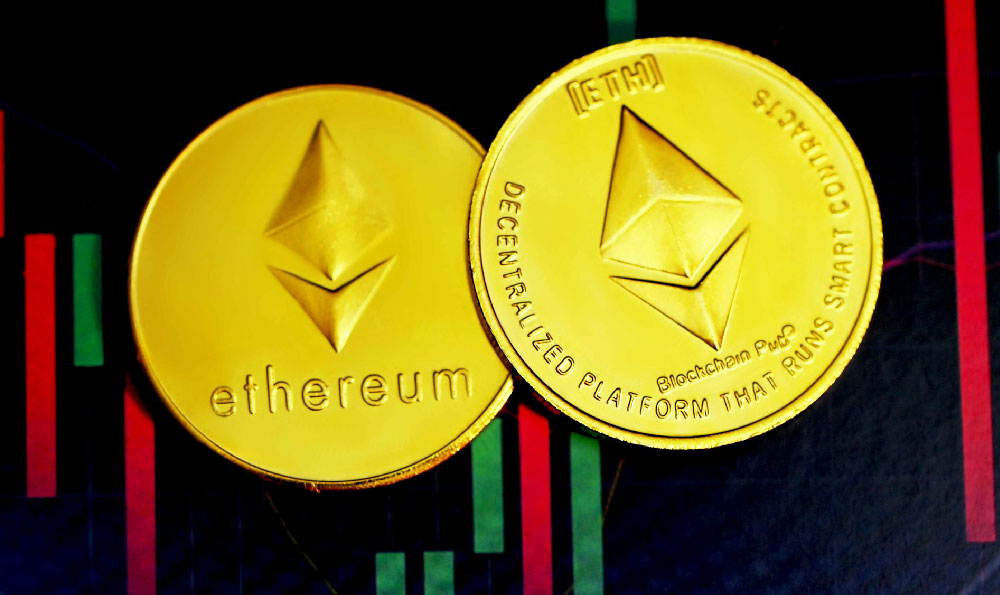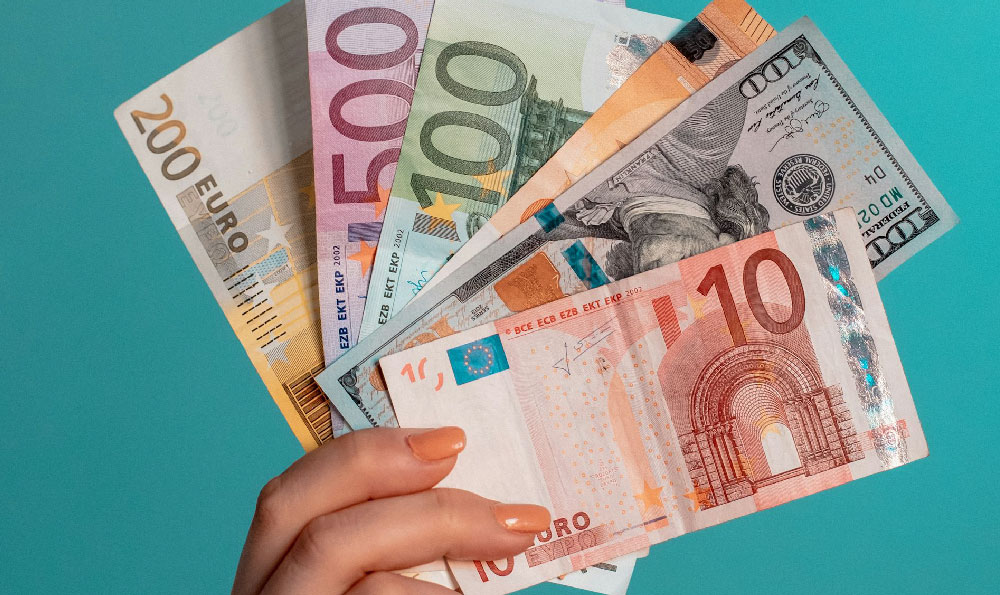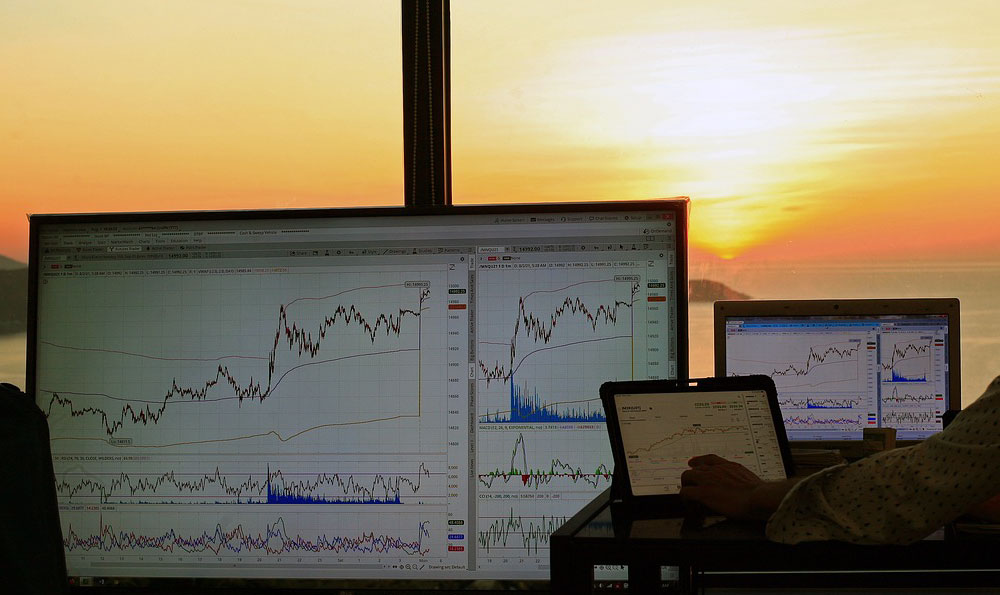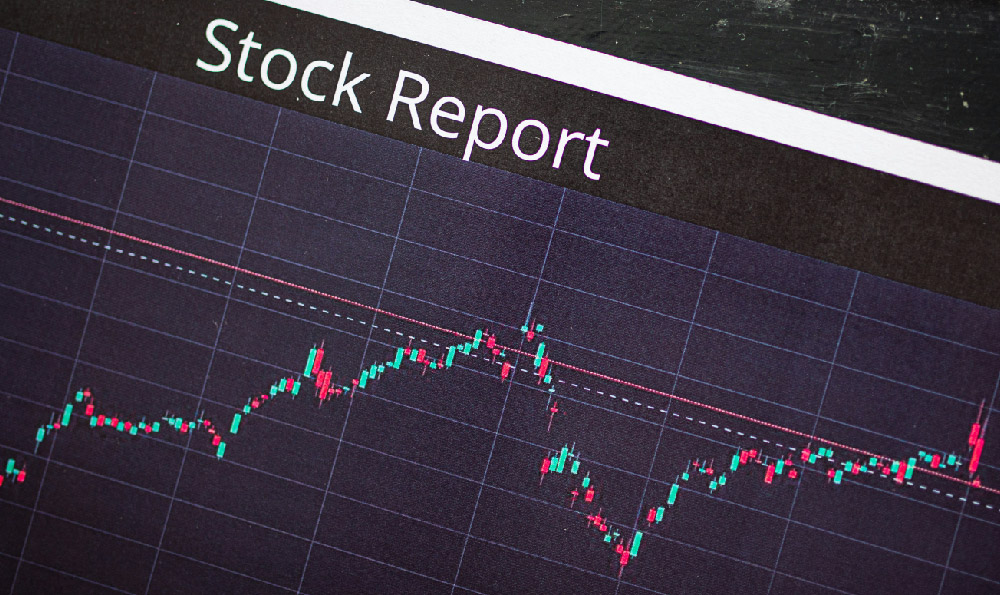Okay, let's delve into the intricate world of YouTube monetization and explore the path to transforming views into tangible income. The question of "How many views on YouTube do you need to monetize and make money?" is deceptively simple, masking a more complex reality. While a single view won't cut it, achieving monetization and generating a sustainable income stream requires navigating various hurdles and understanding the nuances of YouTube's Partner Program (YPP).
Firstly, it's crucial to understand that views are just one piece of the monetization puzzle. YouTube doesn't simply pay creators based on the number of views their videos accumulate. Entry into the YouTube Partner Program is the foundational step, and it has specific requirements. As of now, to be eligible for the YPP, a channel needs to have at least 1,000 subscribers and 4,000 valid public watch hours in the past 12 months. These criteria are designed to ensure that only active and engaged channels are considered for monetization. This serves to safeguard the platform’s advertising quality.
The subscriber count establishes a minimum level of community engagement, suggesting a dedicated audience interested in your content. The watch hours requirement demonstrates that your content is being watched and enjoyed, indicating its potential value to advertisers. Think of it as a preliminary screening process to ensure that only committed creators are granted access to monetization features.

Once you meet these initial requirements and your channel is accepted into the YPP, you gain the ability to monetize your videos. However, even with monetization enabled, the relationship between views and revenue isn’t a straightforward linear one. Several factors influence how much you actually earn per view.
One of the most significant determinants of earnings is the CPM (Cost Per Mille), which represents the amount advertisers pay for 1,000 ad impressions. This number can vary greatly depending on several factors. Geographic location plays a major role, with ads shown to viewers in countries like the United States, Canada, and the United Kingdom generally commanding higher CPMs than those shown in countries with less developed advertising markets.
The niche or content category also has a significant influence. Channels focused on finance, business, or technology often attract advertisers willing to pay higher CPMs because their target audience is considered more valuable to advertisers. Conversely, channels focusing on entertainment or gaming might see lower CPMs.
The time of year also affects CPMs. Advertising rates tend to surge during the holiday season (particularly in the fourth quarter) as businesses ramp up their marketing campaigns. Conversely, CPMs might dip in the early months of the year as advertising budgets are recalibrated.
Another crucial metric is the RPM (Revenue Per Mille), which represents the actual revenue you earn per 1,000 views after YouTube takes its cut. This is often a more realistic indicator of your earnings potential than CPM. RPM takes into account factors like the type of ads shown on your videos (e.g., skippable video ads, non-skippable video ads, banner ads), ad blockers used by viewers, and YouTube's revenue share (currently 45% for YouTube).
Therefore, you might have a video with 10,000 views, but your actual earnings could range from a few dollars to tens of dollars depending on these variables. It's also important to remember that not all views are monetized. A viewer using an ad blocker, for example, won't generate any ad revenue. Similarly, if a viewer skips an ad before it reaches a certain point (typically around 30 seconds), you might not receive full credit for that ad impression.
Beyond ad revenue, there are other ways to monetize a YouTube channel. These methods often require a significant level of audience engagement and trust.
Channel Memberships allow viewers to pay a recurring fee in exchange for exclusive perks like badges, custom emojis, and members-only content. This can create a stable and predictable income stream.
Super Chat and Super Stickers enable viewers to pay to have their messages highlighted during live streams. This is a popular option for channels with large and active live audiences.
Merchandise Shelf allows you to sell branded merchandise directly from your YouTube channel. This can be a lucrative option for channels with a strong brand identity and loyal fans.
YouTube Premium Revenue pays creators a portion of the revenue generated from YouTube Premium subscribers who watch their content.
Therefore, instead of focusing solely on the number of views required to make money, creators should concentrate on building a strong, engaged audience, creating high-quality content that appeals to advertisers, and diversifying their monetization strategies. Consistent uploads, strategic keyword research, effective promotion, and active engagement with viewers are key to success.
In conclusion, there's no magic number of views that guarantees financial success on YouTube. Achieving monetization and generating a substantial income requires a holistic approach that encompasses meeting the YPP requirements, understanding the intricacies of CPM and RPM, diversifying monetization methods, and consistently creating valuable content that resonates with your target audience. Building a successful YouTube channel is a marathon, not a sprint, and requires patience, perseverance, and a strategic mindset. Instead of chasing views, focus on cultivating a community and providing value, and the monetization opportunities will naturally follow.












